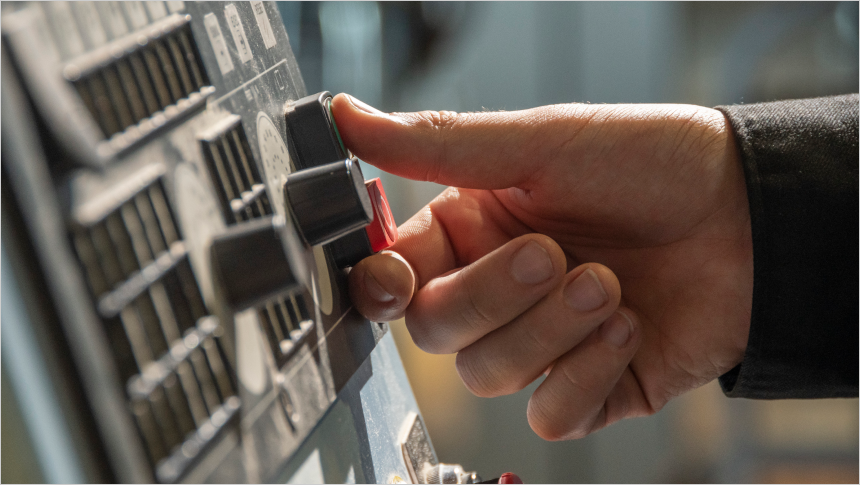CNC Toolpaths for 3 Axis Milling
Get the knowledge you need to program 3-axis CNC Milling toolpaths. Begin by analyzing a part for manufacture, identifying areas that require 3-axis toolpaths and identifying requirements to hold the part during final machining. With the setup and process planning complete we’ll explore 3-axis tools to quickly remove unneeded material and move to finishing toolpaths required for rounded edges and angled faces. Finally, we’ll validate the toolpaths with simulation and create the supporting documentation and coded needed to control a 3-axis CNC mill. This will provide a firm understanding in the basics of 3-axis toolpath creation and validation in Fusion.
After this course, you'll be able to:
- Process plan a 3-axis required part.
- Create and manage a digital tool library.
- Use 3-axis toolpaths to rough a part.
- Use 3-axis finishing techniques to finish a part.
- Use Simulation to validate stock removal.
- Create required documentation and output.

Course modules
Discover what you will learn in this course and download the software and resources you will need.
Learn to review a part and identify the types of tools and toolpaths required to machine it. Evaluate how to hold a part for all operations to completely machine a design from multiple directions.
In this module, you create a CAM setup for a 3-axis vertical milling center and begin to rough and finish operation 1 of the course part. The first 3-axis geometry to tackle will be slopes and curves. Isolate toolpaths to areas and faces to make the most efficient cuts possible.
In this module, you get to explore 3D toolpath creation for domes, bowls, and blended ribs. Identifying toolpaths to use for finishing work on various geometry is key to efficient machining. Some toolpaths will excel on specific geometry, and we will look at a few examples.
In this module, you get to explore 3D toolpath creation for domes, bowls, and blended ribs. Identifying toolpaths to use for finishing work on various geometry is key to efficient machining. Some toolpaths will excel on specific geometry, and we will look at a few examples.
Now that you've completed the learning material in this course, you can take the challenge exercise to measure your skills on the topics covered in this course.
Ready to test your knowledge? Pass this required test with a score of 75% or more to complete the course and earn a certificate of completion.
Instructor resources
Teaching this course to students in the classroom?
Use this instructor guide to incorporate this course into your lesson plans. You can also send your students directly to the course as self-guided learning. They can learn at their own pace, track their own progress, and earn a certificate of completion when they get 75% or more on the final test.
Want to create custom learning playlists to share with your students?
Share modules and courses using Lists. Once you create a List, share the URL with your students and they can sign into their Autodesk Account to access.
- To create a List, select [+] ‘Add to list’.
- To share a list with others, set the list visibility to Public and share the link.
Machining best practices
Machining best practices supports you in the CNC machining of the model engine cylinder. Review the process plan and cutting data for general guidelines to support you in this project. The sample setup sheet provides information about how the part was machined.
Announcements
The contents of this course have been updated as of November 2022.
November 2022 updates include:
- Updated videos to reflect the latest Fusion user interface.
- New single practice part dataset using a standard 1x2 aluminum bar stock.
- New tutorials to explore 3-axis toolpath creation for common complex geometry.
- Updated practice and challenge exercises.
- New instructor guide to help educators and instructors teach this content in classroom.
- Updated final test.
- Modules are now standalone, so you can pick and choose individual modules to add to your Playlist and share with others.
